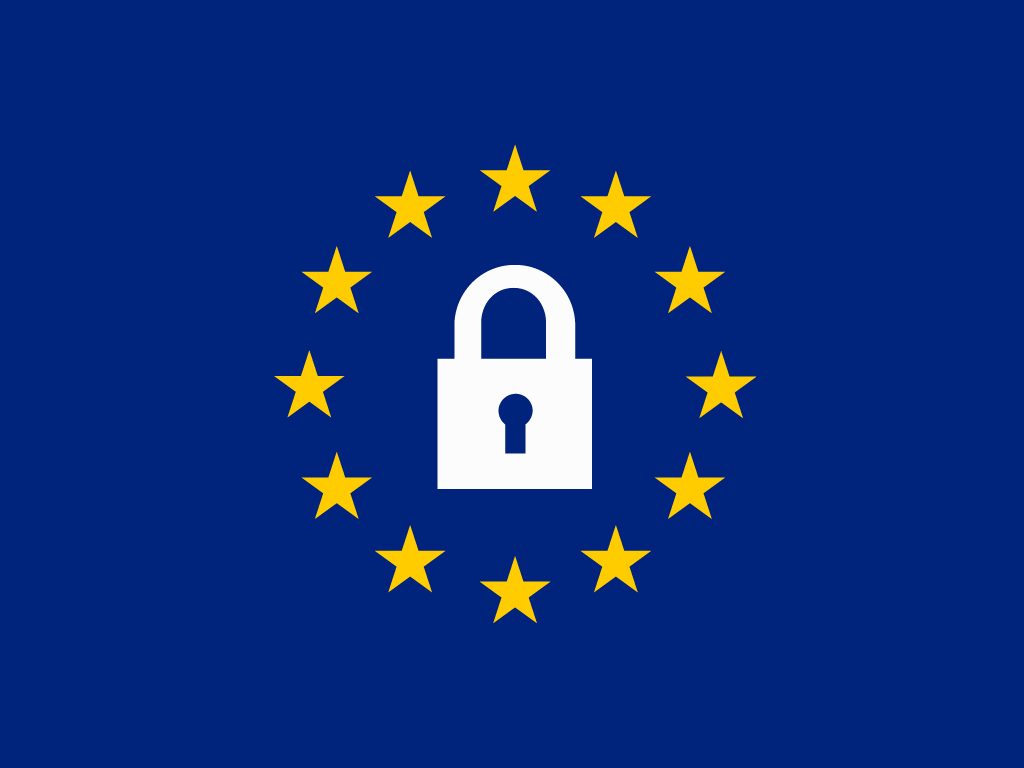GDPR: What You Need to Know
On May 25, 2018, the General Data Protection Regulation will now take effect, and will look to change the way people use and protect data for the foreseeable future. This regulation is seen as one of the biggest steps towards data control and protection on the internet, which has been one of the biggest issues on various websites that require user information and private data.
The passing of the GDPR is seen as a timely event, especially with Cambridge Analytica controversy, which affected millions of Facebook users and saw important data being misused. This case also sparked the need for stricter data regulations, and the GDPR aims to become the starting point for future data regulation laws worldwide.
The Beginning
The first proposal for GDPR was released in 2012. This was created as a response to the need to improve the existing data regulation law, which was the 1995 European Data Protection Directive. The 1995 law is one of the earliest data protection policies that were enacted into law. Despite the being put into law, the need for a more improved and comprehensive law was apparent, as the rapid growth of technology-enabled websites to transfer data at a faster rate, especially data transferred through social media platforms.
Before GDPR was launched, there have been numerous data reform policies that have been enacted by the EU, which eventually led to the European Parliament supporting the current GDPR. The process of approval took 2-3 years, with numerous improvements and reforms being sought before settling with the current set of regulations.
Data Mismanagement
One of the goals of the GDPR was to protect user data that is stored in various social media platforms such as Facebook and Twitter. Social media platforms are some of the most popular sites on the internet, with billions of registered accounts worldwide. This makes these platforms some of the biggest archives of personal and private information in the internet.
While this might be of little concern to a good number of regular users, this amount of information has the potential to get to the wrong hands, and be manipulated to attack various people, groups, or even major companies and brands. This concern has become more alarming when numerous cases of leaked personal information from personal social media accounts have been released to the public over the past few years.
Leaked personal information includes personal videos and pictures, message threads, emails, and contact numbers. This has sparked major concern and asked the question on who can view these types of data, and how are they being used. With the Cambridge Analytica case putting this concern to court, the worldwide awareness and need for data protection and regulation have been put into perspective.
Other than social media, various companies and brands tend to request data from their registered users, as there have been issues with regards to data safety. One major data breach incident during the past few years occurred when numerous user accounts of Sony PlayStation Network users have been hacked, causing servers to temporarily shut down for the issue to be resolved.
These types of incidents can affect the customer’s trust in a company, as they will already assume that their data may not be safe in their hands. With the GDPR in place, users will now be able to know important details on what happens to the data that they share on a website, which ensures trust between them and the websites they visit.
The Purpose
Once the regulation has been put into effect, internet users will now have more freedom and control over their own private data hours for transparency purposes. Permission to access personal has been optimized as well, with more refined guidelines that require clear consent to whatever data is being used.
Users can also request copies of their own data from these companies and websites, which clearly informs them of how the data is being used. This also means that privacy and user-agreement policies will now be clearer and more detailed to provide more specific details and guidelines. This is done to ensure that users will no longer agree encounter vague and misguiding rules and regulations with regards to the use of their own personal data.
Major companies and websites will also follow new rules and regulations, which include deleting data that would no longer be in use and ensure that data is protected from malicious software and hackers. As for which websites will be affected by these regulations, it was made clear that websites from the EU, and websites that offer services to EU countries are affected by the changes. To an extent, this applies to a large majority of websites across the internet, since a good number of business and companies are going international.
Will This Affect SEO?
On the SEO side of things, the biggest impact that these regulations will have will be on website subscription and registration services, as you would have to comply with data protection policies and data consent, which will become more prominent in the next few months.
On the ranking side of things, the user experience will be impacted due to the data permissions and prompts that must be present to inform the users. Analytics is another area that will change, as users must be informed of how their data would be used in website analytics. There has been no clear indication that the GDPR will affect ranking factors. However, with Google rolling out numerous updates over the past few months, changes may be in order.
Key Takeaway
The GDPR is a huge step towards data protection across the world. With information moving at a very fast pace, this comes in as very timely, and would really ensure that data is used properly and ethically.
If you have questions and inquiries about GDPR and SEO in general, leave a comment below and let’s talk.
